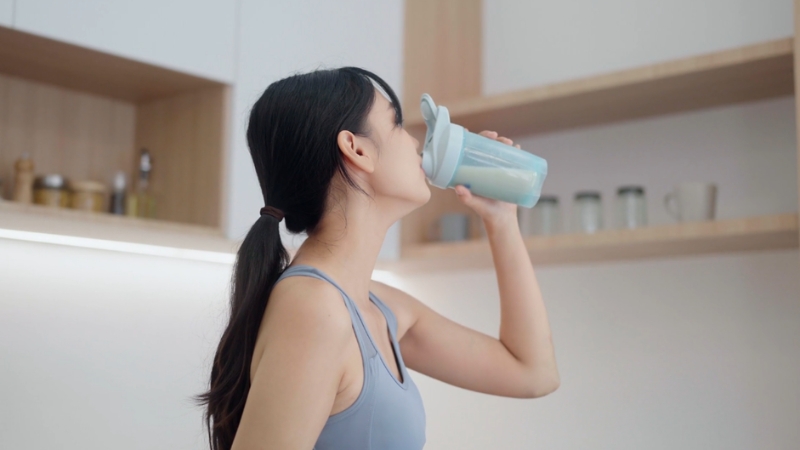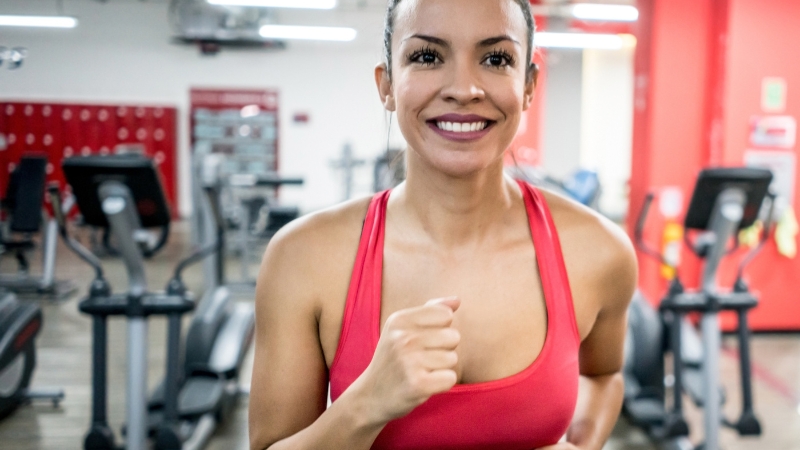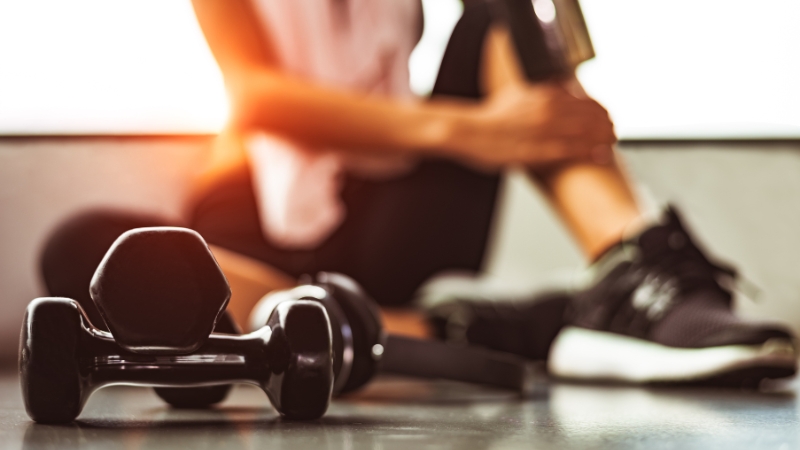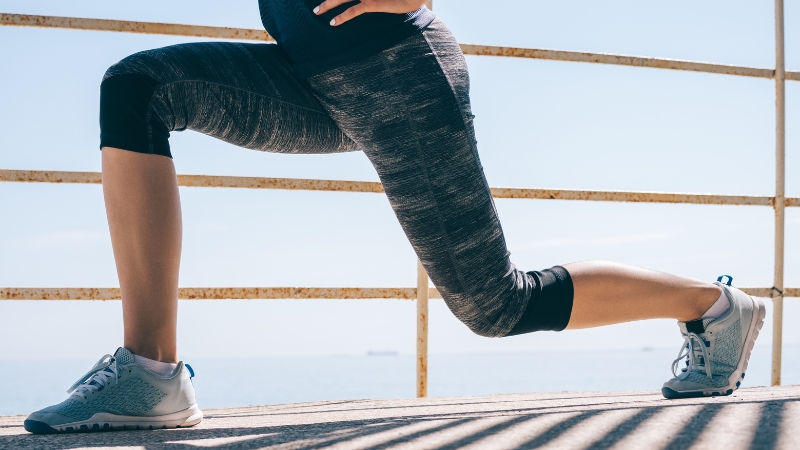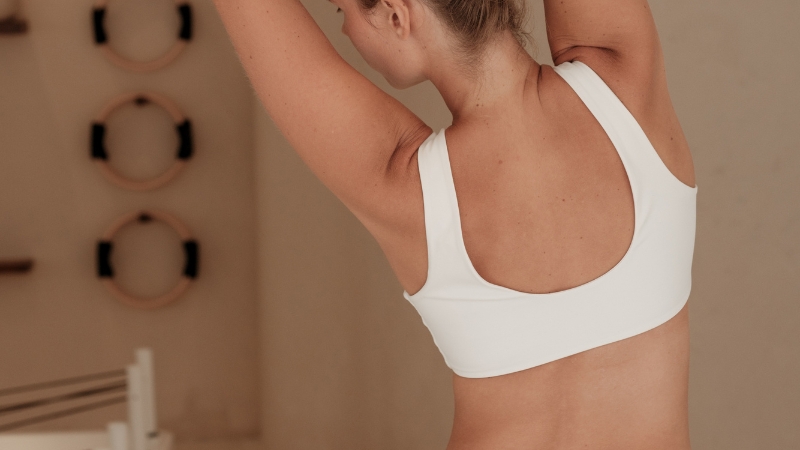
Share Post:
Good posture is more than just standing tall—it affects breathing, joint health, appearance, and long-term mobility.
For women, posture imbalances often stem from a combination of daily habits: long hours at a desk, pregnancy-related changes, carrying bags on one side, or even tight fashion choices.
Over time, this leads to rounded shoulders, forward head position, anterior pelvic tilt, or general stiffness in the back and hips.
Table of Contents
ToggleDaily Posture Correction Routine (Beginner Friendly)
If you sit at a desk, carry kids or bags on one side, or feel tension in your neck and shoulders by the end of the day, your posture is likely suffering—and you’re not alone.
This beginner-friendly posture routine is designed to gently realign the spine, open tight areas like the chest and hips, and wake up underused muscles in the upper back and core.
These five daily exercises require minimal or no equipment, take less than 15 minutes, and can be done at home, at the office, or on the go.
1. Wall Angels
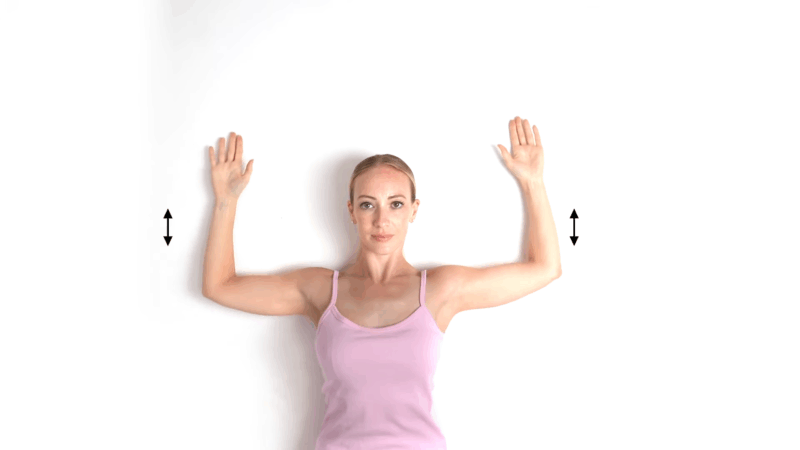
Wall angels are one of the most effective exercises for retraining the upper back and shoulders to hold proper alignment. For many women, rounded shoulders and a forward head position are the result of prolonged desk work, phone use, and tight chest muscles.
Wall angels help correct this by strengthening the muscles that retract and stabilize the shoulder blades—primarily the rhomboids and lower traps—while also improving shoulder mobility. Over time, this movement promotes a more upright posture and reduces tension in the neck and upper back.
- Targets: Upper back, scapular stability, shoulder mobility
- Instructions:
Stand with your back flat against a wall, feet 6–8 inches forward. Ensure that your head, mid-back, and tailbone are touching the wall. Slightly tuck your chin and brace your core to flatten your lower back. Raise your arms into a 90-degree “goalpost” position. Slowly slide your arms upward toward a “Y” shape, then return to start. - Reps: 2 sets of 10 slow, controlled repetitions
- Tip: Keep wrists and elbows touching the wall throughout. If mobility limits you, reduce the range but maintain form.
2. Chin Tucks
Chin tucks are a small but powerful move for correcting “tech neck,” a common posture issue among women who spend hours at a computer or looking down at a phone.
This movement strengthens the deep cervical flexors—tiny but essential muscles in the front of the neck that help keep your head aligned over your shoulders.
Consistently performing chin tucks reduces neck strain, improves breathing, and alleviates tension headaches caused by forward head posture.
- Targets: Deep neck muscles, cervical spine alignment
- Instructions:
Sit or stand with your spine neutral and your shoulders relaxed. Look straight ahead and slowly draw your chin straight back toward your throat, as if making a double chin. Hold this position for 5 seconds, then release. - Reps: 2 sets of 10 repetitions
- Tip: Avoid looking down or up. This is a horizontal glide, not a nod. You can do it sitting in traffic, at your desk, or even lying down.
3. Cat-Cow Stretch
This gentle spinal mobility exercise is perfect for women with stiff backs, tight hips, or tension from prolonged sitting. It dynamically moves the spine through flexion and extension, increasing circulation and improving awareness of posture.
The cat-cow stretch is particularly beneficial in the morning to wake up the spine or as a midday reset after being hunched over a screen. It also helps coordinate breathing with movement, which calms the nervous system and reduces muscular tension.
- Targets: Spine mobility, breath control, postural reset
- Instructions:
Begin on all fours with your hands under your shoulders and knees under your hips. Inhale as you arch your back, lifting the tailbone and opening the chest (cow pose). Exhale as you round your spine, tucking the chin and pelvis (cat pose). Move slowly and with intention, syncing movement with breath. - Duration: 8–10 full breath cycles
- Tip: Engage your core gently throughout to protect the spine and enhance the effect. This is a restorative exercise, so stay relaxed and move smoothly.
4. Glute Bridges
@laci_renee Form is king for getting the most out of any workout. Lets make sure you NAIL you glute bridges. Once you have the form solid, start adding weight. 💕 happy glute gains! #glutebridge #beginnerworkout #gymbeginner #fitnesstips #beginnerexercises #glutes ♬ Da Girls (Girls Mix) [feat. Lola Brooke & Lady London] – Ciara & Lola Brooke & Lady London
Many posture issues, especially anterior pelvic tilt and lower back pain, come from weak glutes and tight hip flexors, both common in women who sit often. Glute bridges directly activate the posterior chain, especially the gluteus maximus, helping realign the pelvis and stabilize the lower spine.
They’re also one of the best core-safe exercises for postpartum women or those easing into fitness after a long break. Beyond posture, stronger glutes contribute to better movement in daily life, from walking to lifting.
- Targets: Glutes, hips, pelvic alignment
- Instructions:
Lie on your back with knees bent and feet flat on the floor, hip-width apart. Keep your arms at your sides. Flatten your lower back into the floor, then squeeze your glutes to lift your hips toward the ceiling until your body forms a straight line from shoulders to knees. Hold at the top for 3 seconds before lowering. - Reps: 3 sets of 12 repetitions
- Tip: Avoid pushing through your lower back—ribs should stay tucked. If you feel it in your quads or back, reset your feet or reduce your range.
5. Doorway Chest Stretch
🚪DOORWAY STRETCH 🚪
The doorway stretch is one of the best and most effective stretches for the chest, upper back, neck and shoulders.
Read more about the benefits of this stretch and how it can help relieve back pain:https://t.co/n0SO8mee3y pic.twitter.com/q5fFpJFWc4
— SimpleTherapy (@simpletherapy) February 24, 2020
Modern posture habits often lead to a collapsed chest and overactive anterior deltoids. This simple stretch counters that by opening up the front of the body, improving breathing, and shoulder mobility.
For women, especially, tight chest muscles can be linked to bra-induced restriction, prolonged sitting, or holding babies/children for long periods. The doorway chest stretch helps reset the shoulder girdle by encouraging length through the pectoral muscles, which allows the upper back to do its job more effectively.
- Targets: Pectorals (chest), anterior shoulder muscles
- Instructions:
Stand in a doorway with one foot forward. Raise your arms to shoulder height and place your forearms against the frame. Gently lean your torso forward until you feel a stretch in the front of the shoulders and chest. Hold without bouncing. - Duration: 30 seconds per side, 2 rounds
- Tip: Keep your neck neutral and shoulders down. To target different chest fibers, try adjusting arm height slightly above or below shoulder level.
What Causes Poor Posture in Women?
| Cause | Description |
| Sedentary lifestyle | Prolonged sitting weakens postural muscles, such as the glutes and lower back |
| Desk and screen time | Leads to forward head posture and rounded shoulders |
| High heels or poor footwear | Alters pelvic alignment and increases spinal pressure |
| Muscle imbalances | Weak core and glutes with tight chest, hamstrings, or hip flexors |
| Pregnancy and postnatal changes | Shifts the center of gravity, causing lumbar extension and rib flare |
| Carrying bags or children on one side | Promotes asymmetry and shoulder elevation |
Benefits of Correcting Posture
- Improves appearance and confidence
- Reduces back, neck, and shoulder pain
- Enhances core strength and flexibility
- Improves breathing and digestion
- Prevents future musculoskeletal issues
Helpful Tools and Habits
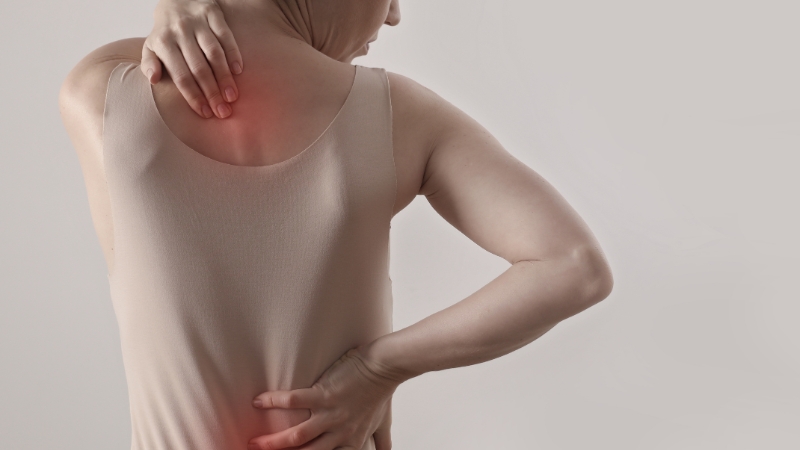
Improving posture is not just about exercises—it also depends on the environment and daily behaviors that support or hinder alignment. One helpful tool is a posture corrector brace, which can provide short-term feedback and awareness. However, it should not be relied on long-term, as it may reduce natural muscle engagement if overused.
For those who work at a desk, switching to a standing desk or using a laptop riser can significantly reduce the forward slump caused by looking down at screens. Pairing this with a lumbar roll on your chair encourages better spinal alignment and reduces strain on the lower back.
In some cases, posture issues are worsened by fatigue, poor recovery, or underlying nutrient deficiencies, especially for women juggling demanding workdays and physical responsibilities. If you’re based in Australia and feeling constantly tight or low on energy despite doing the right exercises, it might help to look beyond movement alone.
Micronutrients like magnesium, B12, and vitamin D play a key role in muscle relaxation, nerve function, and inflammation control. These all directly impact posture quality and your ability to recover after sitting, standing, or training.
Many of my clients in Sydney have seen noticeable improvements in posture, sleep, and energy after addressing deficiencies through personalized infusions. You can book a vitamin therapy session in Sydney to get tailored support and help your body function at its best, inside and out.
Special Considerations for Women
Posture correction in women often requires additional care based on hormonal, physical, and life-stage factors. For postpartum women, it’s essential to address diastasis recti and pelvic floor integrity before starting certain core-focused exercises like planks or sit-ups. Without this foundation, poor posture and core instability may persist or worsen.
During breastfeeding, posture can suffer due to prolonged forward rounding. Using support pillows and switching sides during feeding can help maintain symmetry and reduce upper back strain.
Hormonal fluctuations, especially during pregnancy, menstruation, or perimenopause, can increase joint laxity. Because of this, exercises should emphasize control and stability rather than deep stretches or hyperextension.
For women over 40, bone health becomes a growing concern, especially with the increased risk of osteoporosis. In this case, posture training should incorporate safe, load-bearing movements that reinforce spinal alignment and build strength in the hips, legs, and core to protect the skeletal system long term.
Conclusion
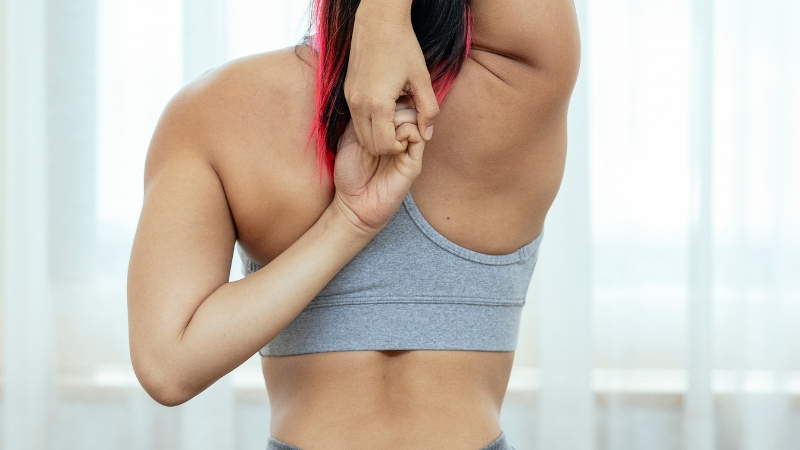
Fixing posture isn’t about perfection—it’s about consistency and awareness. Whether you’re working at a desk, caring for children, or recovering from years of imbalance, the right posture correction exercises can reduce pain, improve energy, and boost overall confidence.
The key is to stay patient, move daily, and build strength in the muscles that hold your spine tall. You don’t need fancy tools or a gym. You just need to start and stay consistent. Your spine, joints, and long-term well-being will thank you.
Related Posts:
- What Muscles Do Planks Target? - A Complete Guide
- How Long Does It Take for Creatine to Leave Your…
- Benefits and Drawbacks of Training in Nature - A…
- Top 12 Exercises That Help Women Over 40 Stay Lean…
- 10 Simple Face Exercises That Women Over 40 Follow…
- Cable Lateral Raises for Beginners - Ultimate Guide 101




